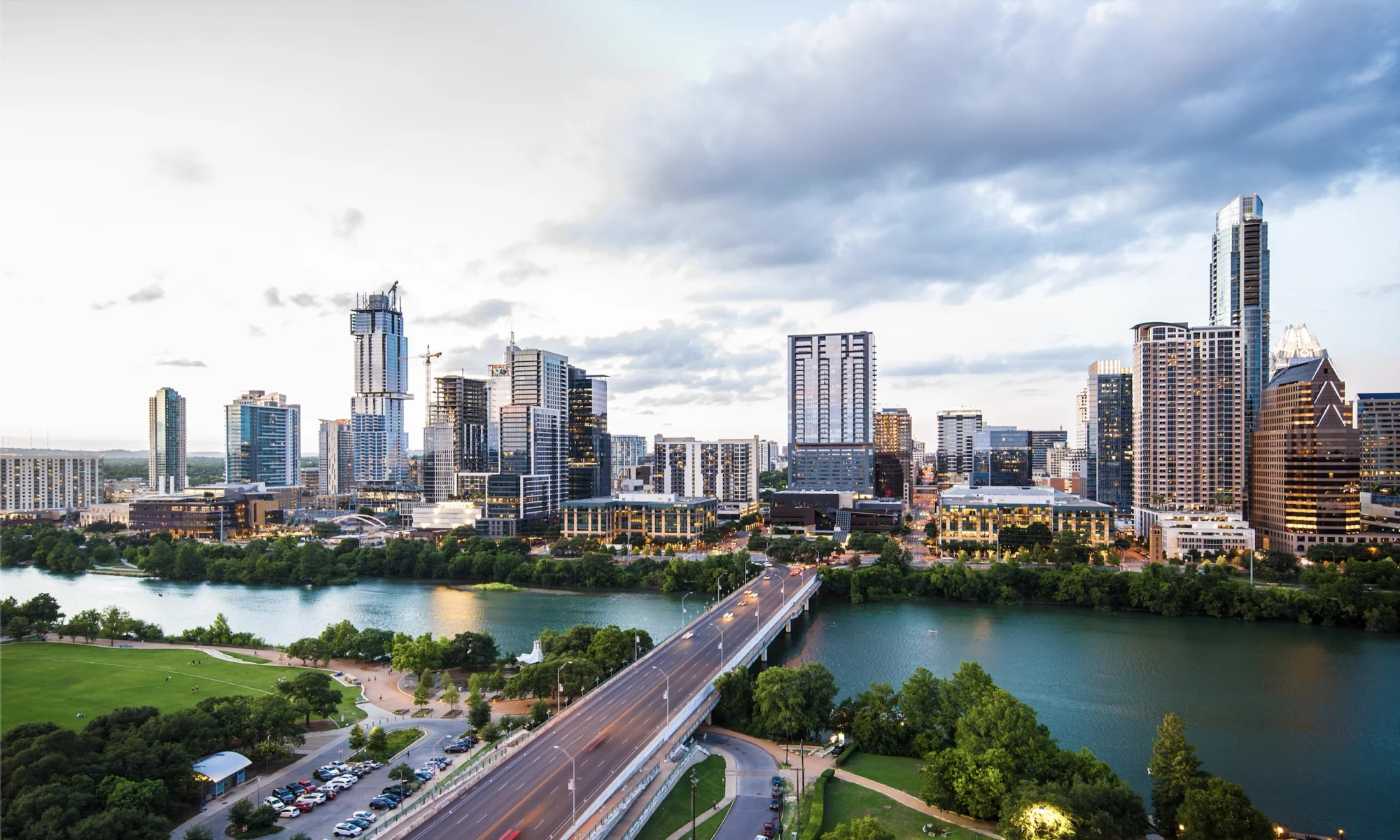For Immediate Release
CodeNEXT Mapping Reveals Near-Fatal Flaws
April 19, 2017
Austin, Texas
Mayor Adler was right: the maps are wrong. “The CodeNEXT maps revealed yesterday are so deeply flawed that further tinkering block by block around the edges of a few neighborhoods and corridors will not be enough to enable CodeNext to meaningfully address Austin’s worsening affordability, mobility, environmental, and segregation problems,” said Josiah Stevenson, a member of AURA’s Working Group on CodeNEXT.
AURA members, along with many other community advocates and Austin taxpayers, are in disbelief that the City of Austin spent $6 million and over two years only to maintain the status quo. The nominal differences between current and future land maps are a slap in the face to the Austinites who have spent hundreds of volunteer hours in the hopes of improving our city.
The draft maps fall far short of AURA’s CodeNEXT and Mapping Expectations. AURA believes that we need at least urban neighborhood zoning (T4) throughout the entire urban core, and for that zoning to unequivocally allow missing middle housing types. Among the biggest problems with the maps:
- There is not enough increased housing capacity in Central and West Austin to offset the inequitable housing pressures on East Austin. We must recognize that our current land use code has been a major catalyst for gentrification and displacement. Failing to address this inequity will only further segregation.
- Allowable density is actually decreased in some areas of the central city compared to what is allowed under today’s regulations! For example, some homeowners who were previously allowed to construct ADUs now cannot. Some apartments have been mapped out of compliance. Heights and zoning capacity in many single family zoned areas are even further restricted. We should not be moving backwards.
- Missing middle housing is still missing from most central city neighborhoods. Rowhouses in particular are only allowed right along major arteries. We must remove barriers to constructing the new missing middle building types in the draft code text and zone more areas with the transect zones that allow them. A moderate density zone that would include rowhouses and other medium density building types was added to the toolbox on Tuesday—put it on the map!
- There are too many missed opportunities to allow living space to be built along major corridors (Airport, South 1st, etc), where density is needed to increase public transit ridership and reduce sprawl. Consultants, staff and Austin’s political leadership must optimize CodeNEXT for more and better transportation options, paying special attention to potential transit ridership and transit corridors of opportunity.
- The maps also lack useful “transition zones” between major corridors and single-family areas. Rather than transitioning density over several blocks, corridors like South Lamar are mapped with a very narrow ribbon of high density directly next to single-family zoning. Instead, we should widen the high density corridors and transition gradually to the medium densities appropriate for the interiors of urban core neighborhoods.
- Finally, CodeNEXT fails to make Austin’s code simpler and clearer—instead, it makes matters worse. CodeNEXT would effectively give the city three separate zoning paradigms: transect, non-transect, and unmodified legacy zones. The result is more than sixty zoning categories and very few increases in by-right entitlements.
AURA members are very concerned with the direction of CodeNEXT; a recent internal survey asked AURA members to rate their level of concern with the current CodeNext draft on a scale of 1-5 (with 5 being very concerned.) 42% believe the code “needs a large number of edits” and rated their concern at a 4; 58% are “very concerned” about the direction of CodeNEXT at 5. Zero members expressed a 1 through 3.
There are a few bright spots that AURA applauds. The map of downtown comes a lot closer to implementing the Downtown Neighborhood Plan than the current code. Some areas along major corridors that are currently zoned “commercial” have been replaced with zones that permit mixed and residential uses, allowing more housing to be built in those areas. However, limited improvements in only a few areas will ensure the continuation of Austin’s current development patterns leading to even more sprawl, congestion, gentrification and segregation.
Replacing the old code with nearly the same one at such a high price tag is an insult to all Austinites, but especially to middle and working class homeowners and renters who are being squeezed out of Austin by the quickly-rising cost of living in their homes. This displacement epidemic is the result of an acute housing shortage that is directly caused by our land use regulations.
Mayor Adler has the opportunity to lead Austin past the decades of segregation and poor land use choices in our past. We hope that he and our City Council will take Austin into a future where everyone can afford to live in Austin, and CodeNEXT is the first real opportunity in years to accomplish that.
“We are in the midst of a housing shortage, and our leaders are not doing enough to fix it. This is not a time for Austin to ‘chill out.’ It’s a time for all Austinites who truly care about addressing our affordability and mobility challenges to demand the positive changes we need,” said Stephanie Trinh on behalf of AURA.
AURA is a grassroots urbanist organization focused on building an Austin for everyone by improving land use and transportation through policy analysis, public involvement, and political engagement.
Press Contact:
- Josiah Stevenson, AURA CodeNEXT Working Group, josiahstevenson@gmail.com, 832-466-2785
